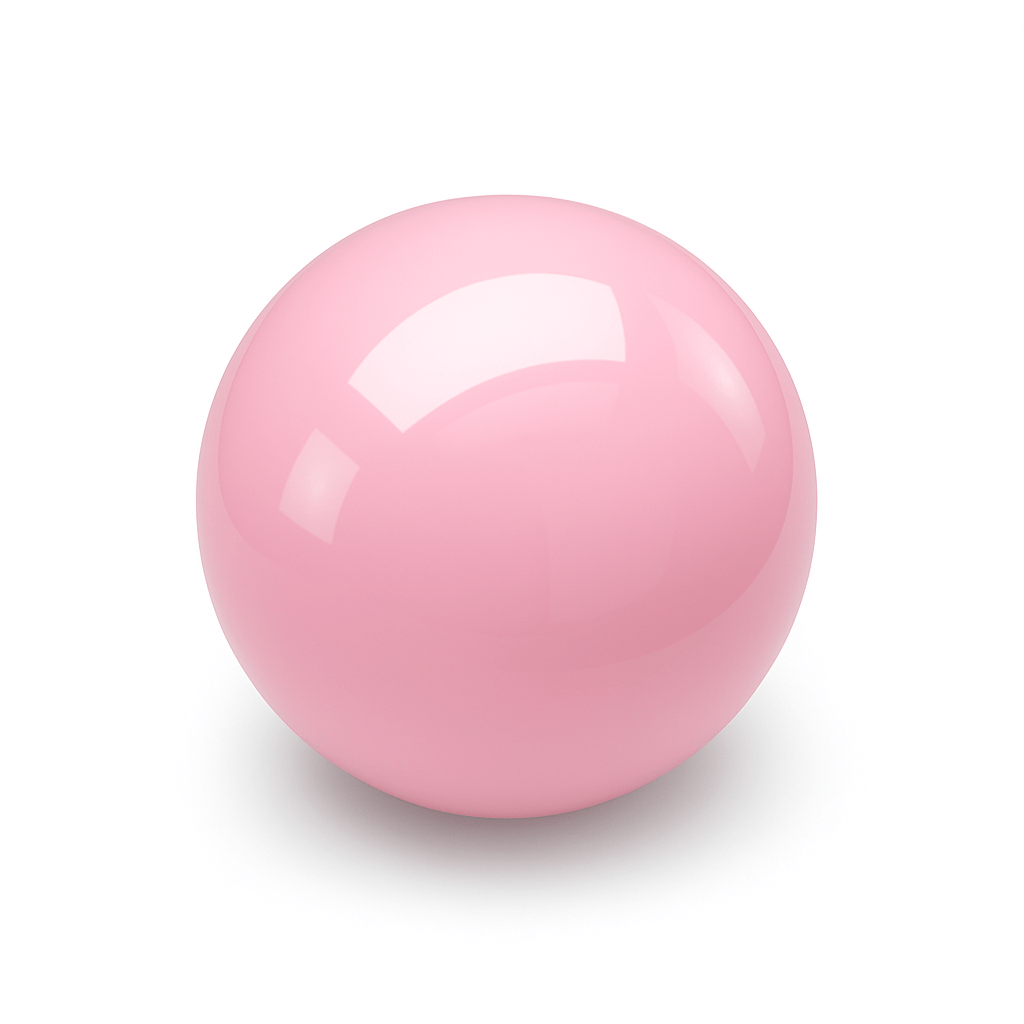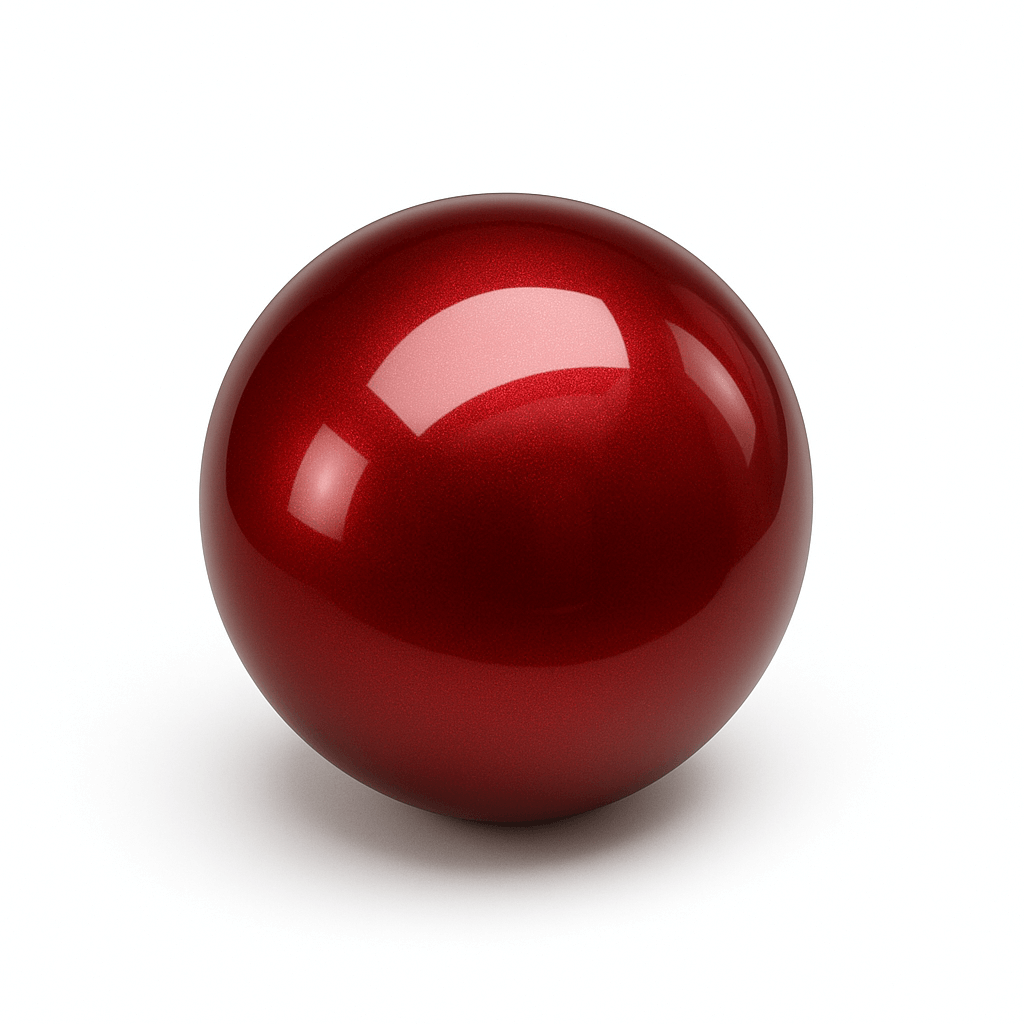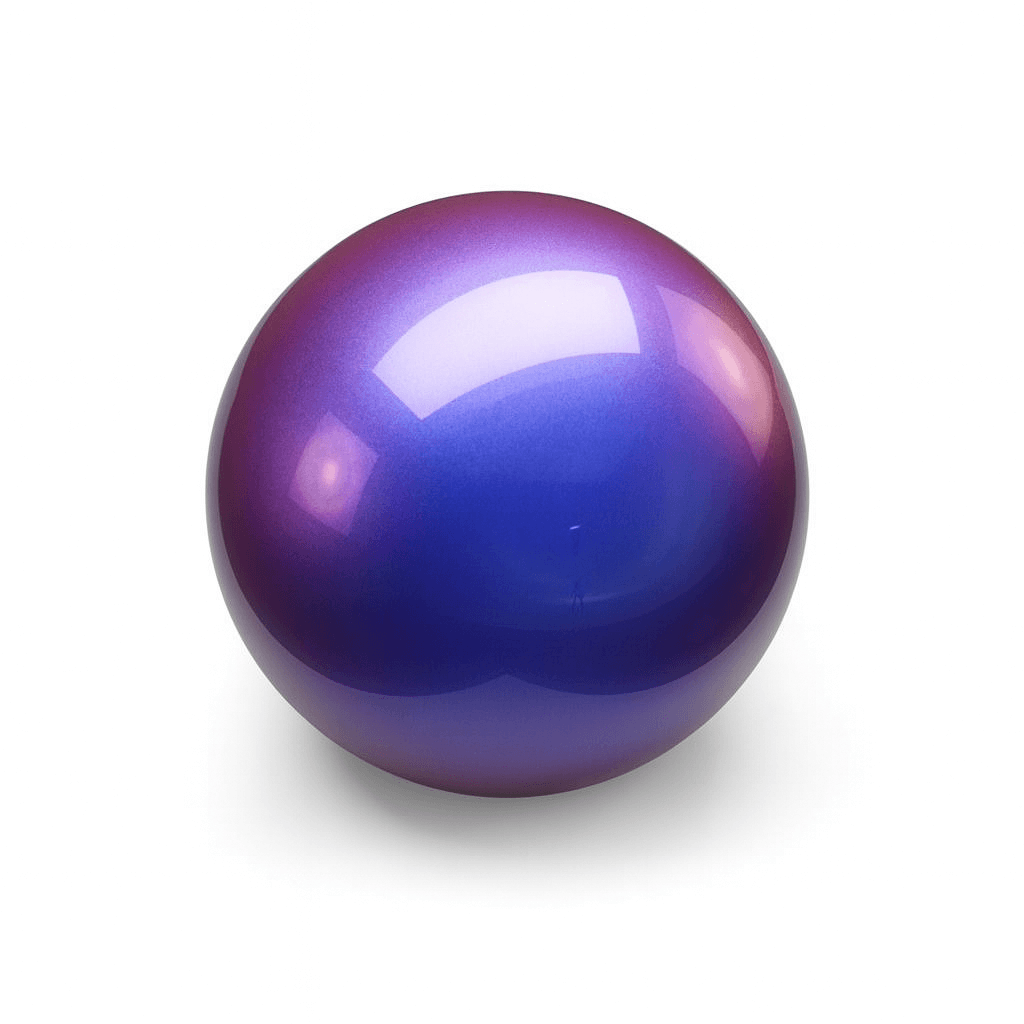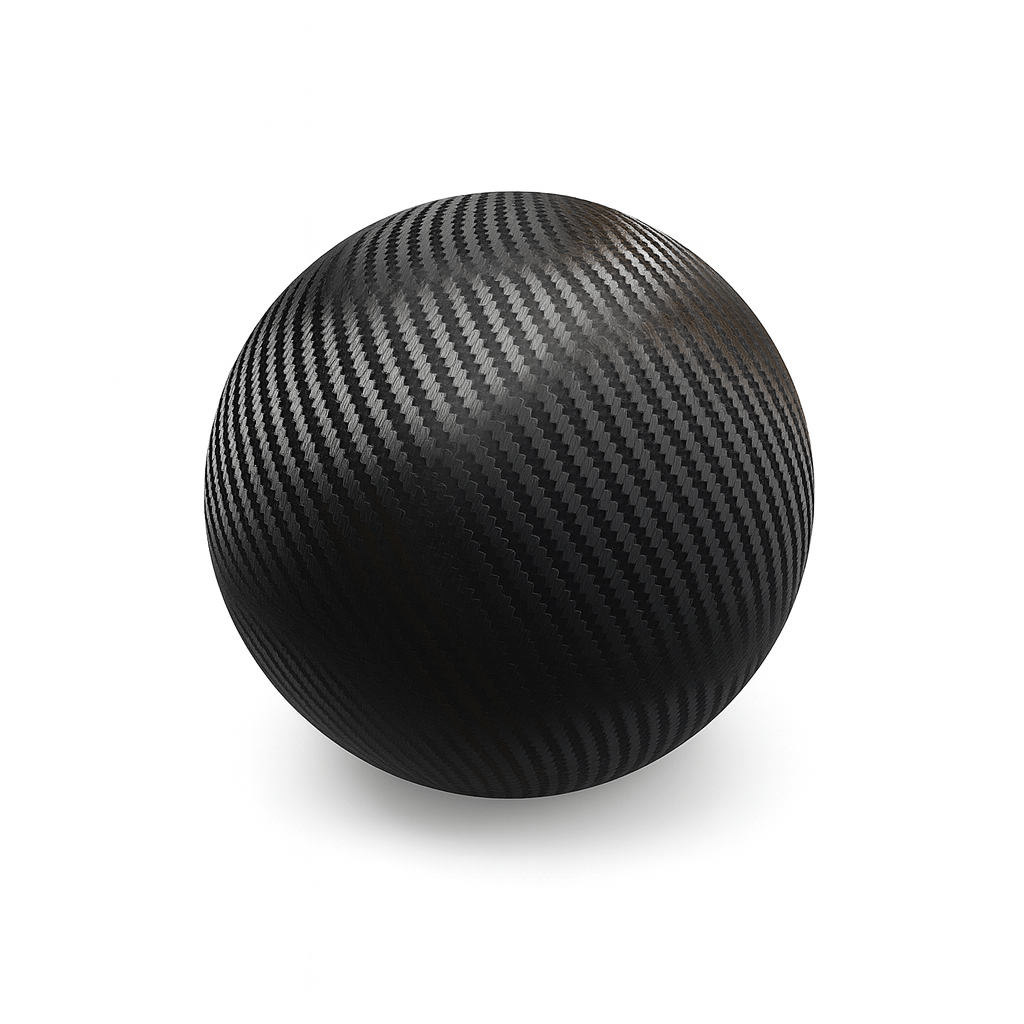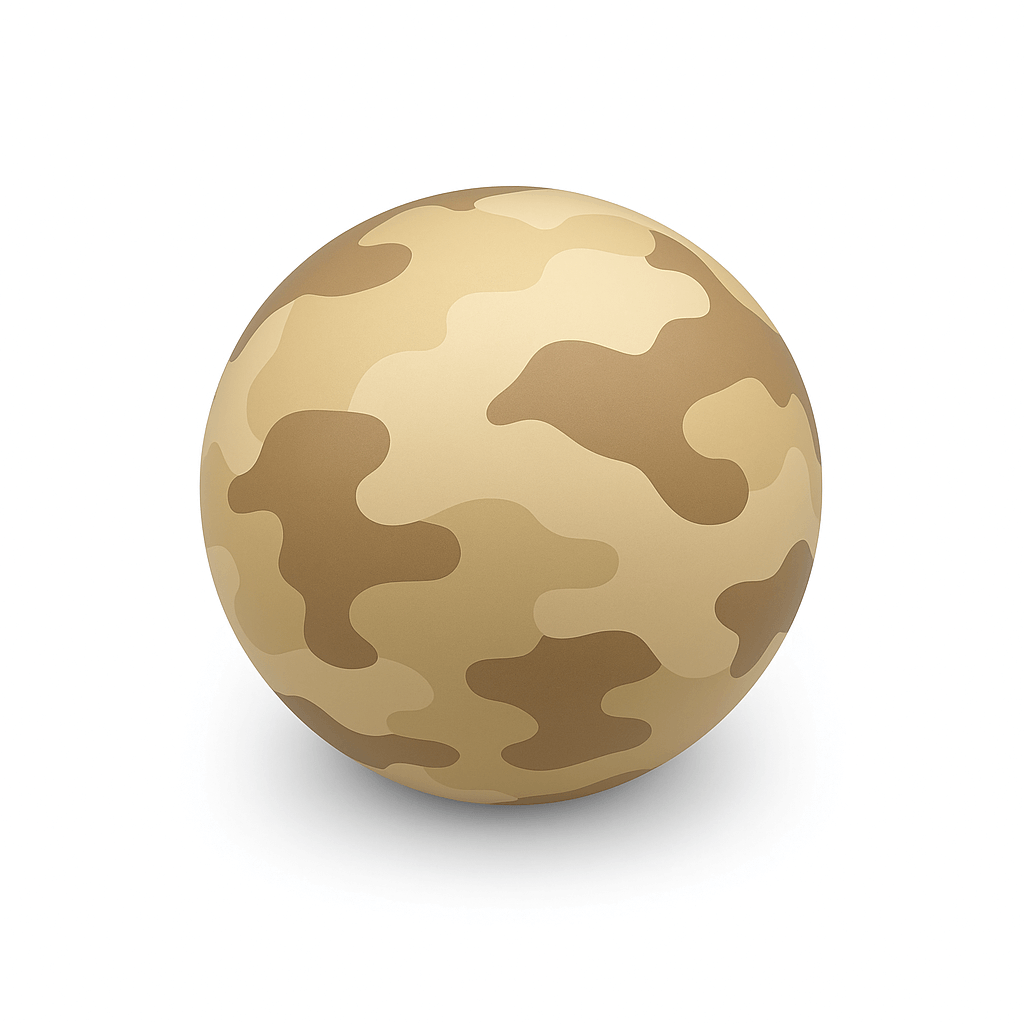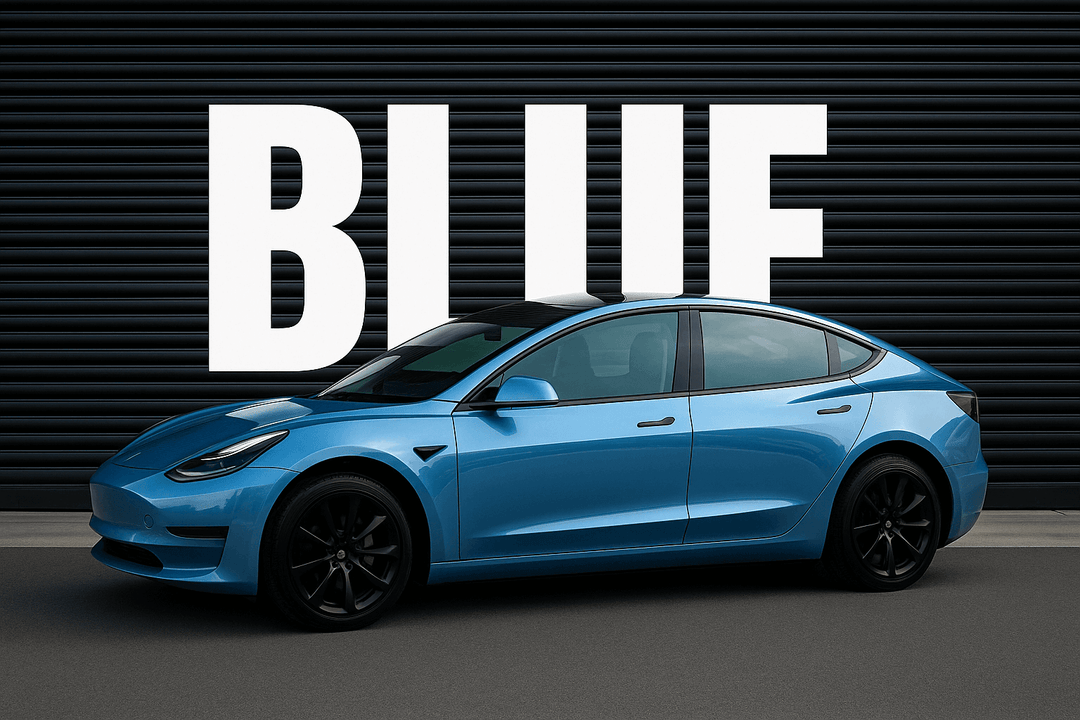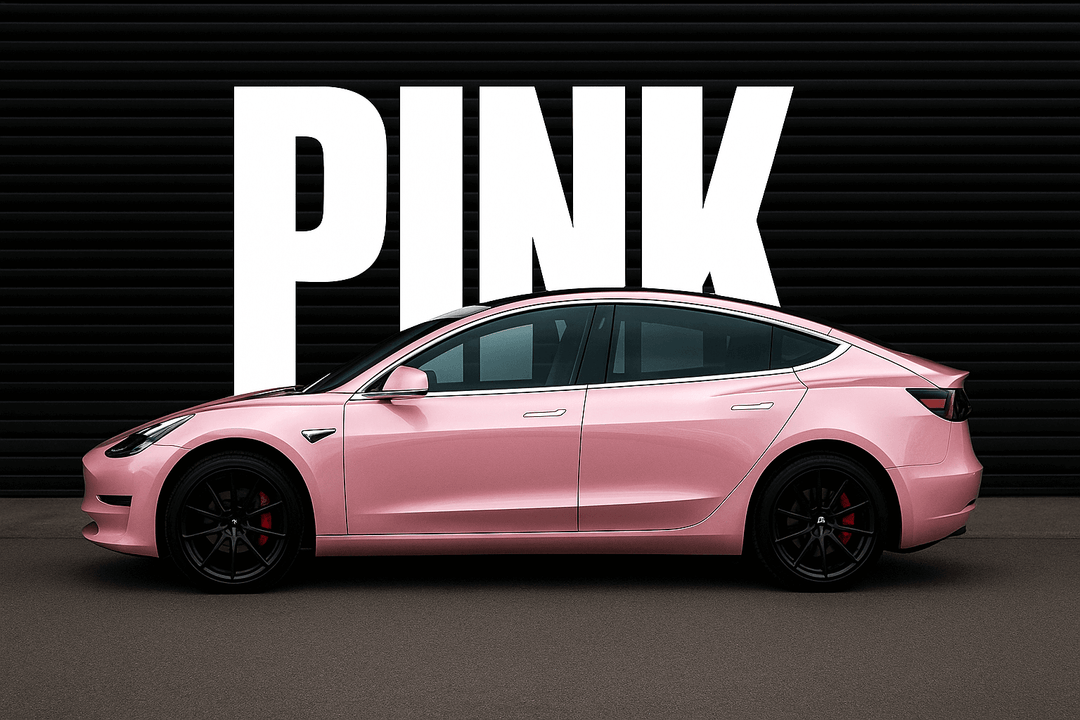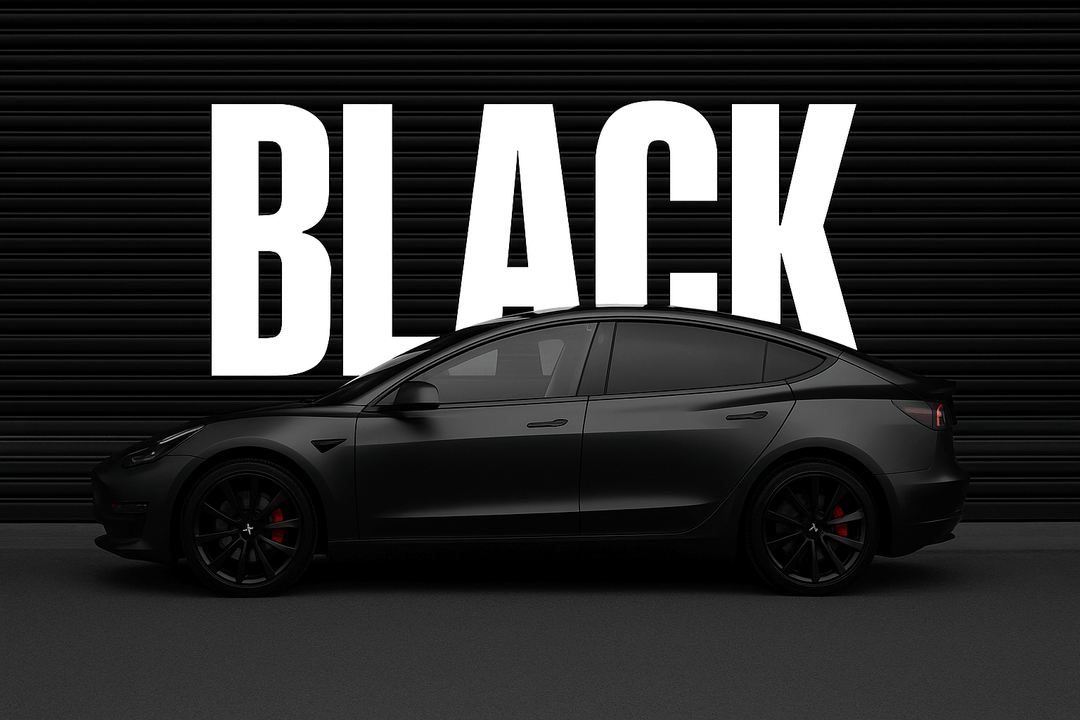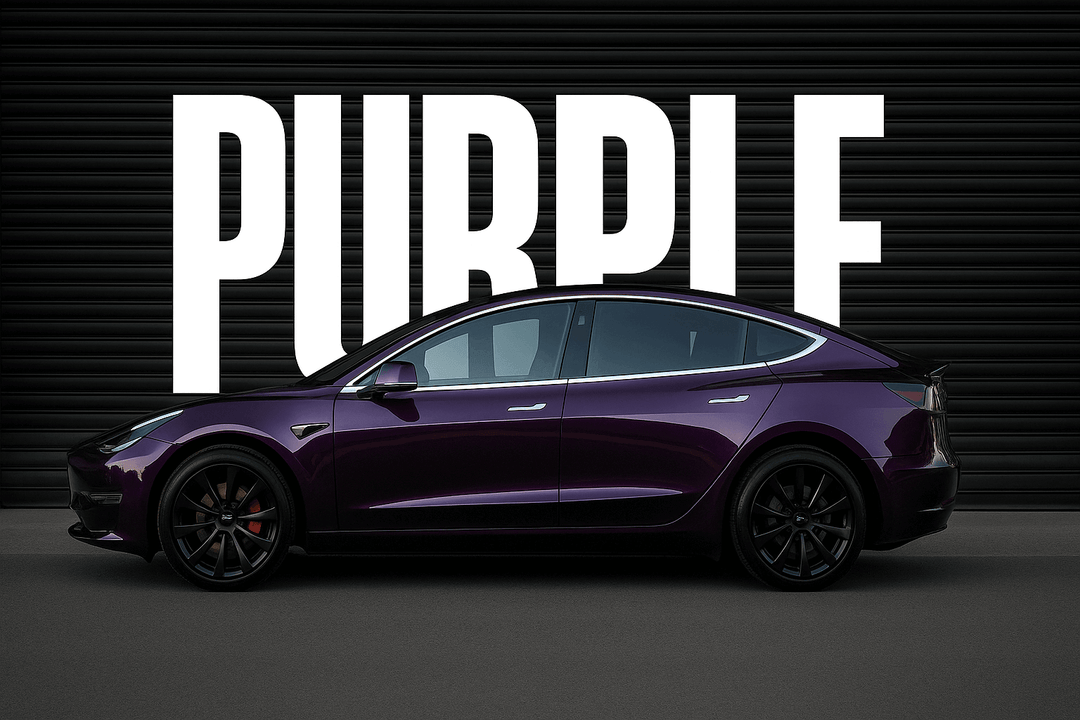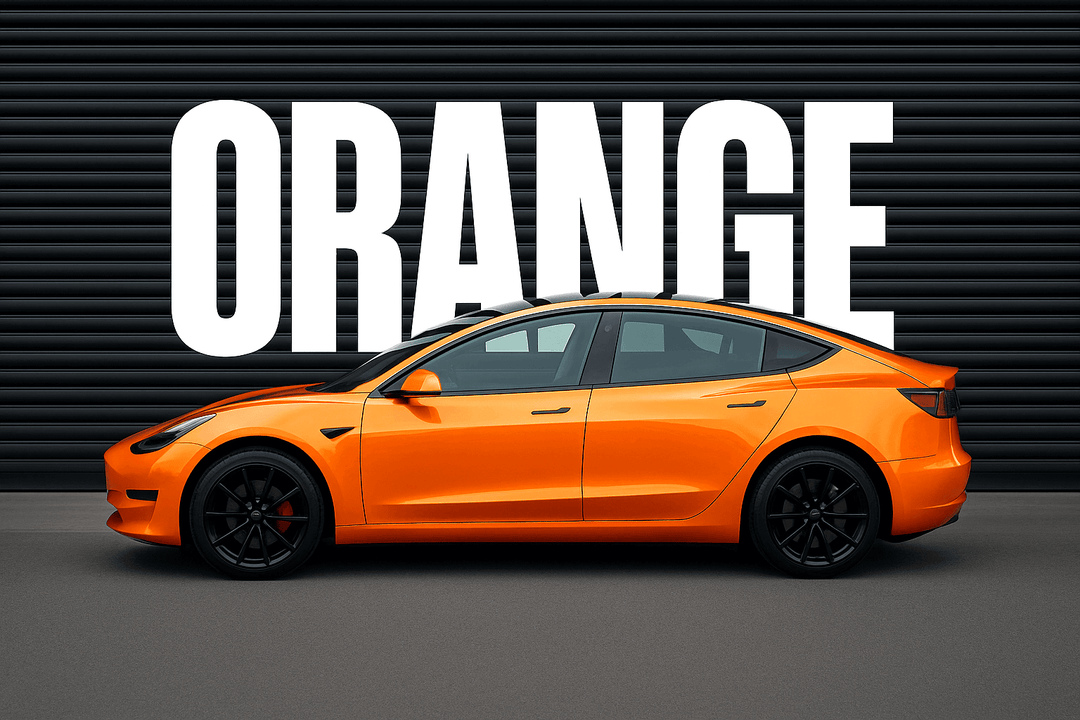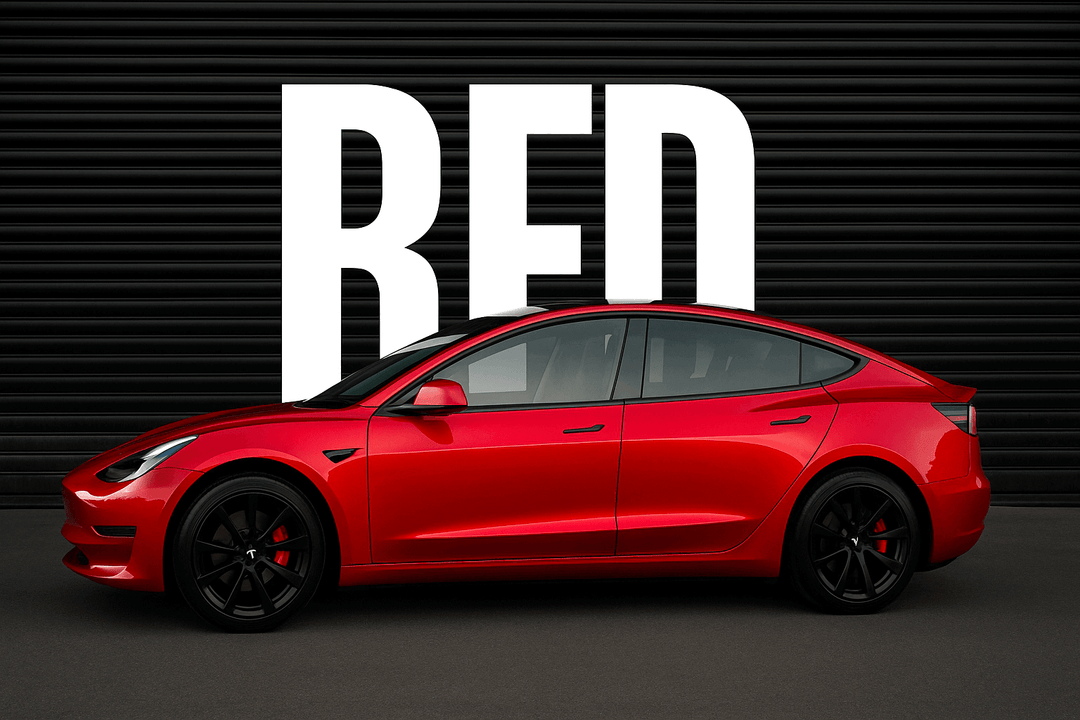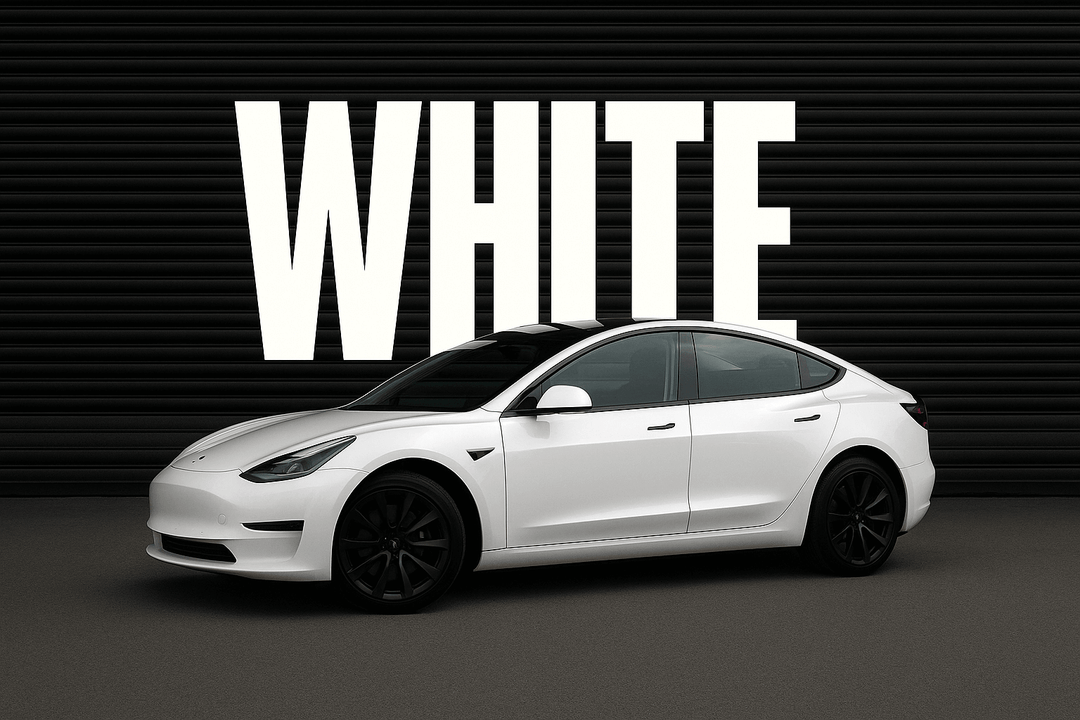Chrome Vehicle Wrap Maintenance Tips
Chrome vehicle wraps are a stunning way to give your car a head-turning, mirror-like finish. However, maintaining that glossy, reflective surface requires more than just a quick rinse with soap and water. Unlike regular matte or gloss vinyl wraps, chrome wraps demand special care to preserve their shine and prevent damage. Let’s dive into the unique properties of chrome wraps and explore why they need extra attention to maintenance.
What Is a Chrome Vehicle Wrap?
A chrome vehicle wrap is a specialized type of vinyl film that features a highly reflective, shiny surface, creating a mirror-like effect on the car’s exterior. This shiny finish mimics the look of metal, giving your vehicle an ultra-sleek, futuristic appearance.
Unlike standard matte or gloss vinyl wraps, chrome wraps have a unique composition that makes them more prone to wear and tear, requiring additional care to keep them looking as good as new. This glossy finish, while eye-catching, is more sensitive to certain environmental factors and can be easily damaged by everyday wear.
Tips for Maintaining a Chrome Wrap
To keep your chrome vehicle wrap looking as flawless as the day it was applied, regular and careful maintenance is essential. Here are key tips to help you protect its reflective finish and ensure it stays in top condition.
1. Regular Washing
Regular washing is crucial to maintaining the brilliance of your chrome wrap. Use a mild, pH-balanced car wash solution and mix it with water to clean the wrap’s surface. Avoid using harsh abrasives or aggressive power washers, as these can scratch or damage the reflective surface. Instead, use a microfiber cloth to gently wipe down the wrap, making sure to remove dirt and grime without causing any abrasions. Rinse thoroughly with clean water to remove any soap residue. After washing, dry the wrap carefully with a soft microfiber towel to avoid water spots and maintain that glossy shine.
2. Drying the Wrap Properly
Proper drying is just as important as washing. After rinsing the car, gently pat it dry with a microfiber towel. Microfiber towels are perfect for absorbing moisture without causing damage to the wrap. Avoid letting the car air-dry, as water spots can develop on the reflective surface. A quick, thorough drying will keep your chrome finish looking smooth and flawless.
3. Avoid Harsh Chemicals
When it comes to cleaning your chrome wrap, avoid using harsh chemicals such as ammonia, bleach, alcohol, or wax-based cleaners. These products can dull the reflective finish and break down the vinyl material over time. Instead, opt for cleaners that are specifically designed for vinyl wraps. These are gentle on the material while effectively removing dirt, stains, and other residues. Always check the product labels to ensure they are safe for use on chrome wraps to protect the integrity of your vehicle's shine.
4. Protecting the Wrap from Scratches
To keep your chrome wrap free from scratches and scuffs, take extra care when parking and handling your vehicle. Avoid parking near trees, bushes, or other objects that could potentially brush against the surface. Additionally, be cautious when loading or unloading items from your vehicle—sharp objects or rough surfaces can easily scratch the vinyl. If you want to add an extra layer of protection, consider waxing your chrome wrap with a wrap-safe wax or applying a clear vinyl protection layer. This will create a smooth, protective barrier that guards against minor abrasions and keeps the wrap looking pristine.
5. Preventing Stains
Stains from bird droppings, tree sap, road tar, or other contaminants can seriously impact the appearance of your chrome wrap. Never leave these substances on the wrap for extended periods, as they can cause discoloration or permanent damage. If you notice any of these stains, clean them off as soon as possible using a microfiber cloth and a wrap-safe cleaner. The quicker you act, the less likely the stains are to cause lasting damage.
6. Protection Against UV Damage
UV rays from the sun can gradually fade and degrade the vibrant finish of your chrome wrap. To avoid sun damage, try to park your car in shaded areas whenever possible. If you need to park your car outdoors for extended periods, use a car cover to shield the wrap from direct sunlight. Some vinyl wraps come with UV protectant coatings, but you can also apply a UV protectant spray designed specifically for vinyl to enhance the wrap's longevity and preserve its shine.
How to Handle Common Chrome Wrap Issues
While chrome vehicle wraps are designed to enhance your car’s appearance with a brilliant, reflective finish, they are not immune to issues like fading, tears, or stubborn stains. Fortunately, many of these common problems can be resolved with proper care or timely repairs. Here’s how to handle some of the most frequent chrome wrap issues and restore your car to its glossy glory.
1. Fading or Discoloration
Over time, the bright, shiny finish of a chrome wrap may begin to fade due to exposure to UV rays, harsh weather conditions, or improper maintenance.
How to Restore the Wrap:
Clean the Wrap Thoroughly: Before assuming that fading is irreversible, clean your vehicle properly. Sometimes dirt or contaminants can cause discoloration, so giving it a thorough wash may restore some of the shine.
Apply a Vinyl Restorer or Gloss Enhancer: Many vinyl-specific products, such as restorer creams or gloss enhancers, can help revive the reflective finish of your chrome wrap. These products are designed to bring back the gloss and protect the surface from further UV damage.
UV Protectant Spray: If the fading is not severe, consider applying a UV protectant spray designed for vinyl wraps. This not only helps to restore the shine but also prevents further fading by blocking out harmful UV rays.
What to Do If Fading Occurs:
Professional Reconditioning: If the fading is significant, consider consulting a professional vinyl wrap installer. They can assess the condition of the wrap and recommend whether reconditioning, color restoration, or full replacement is the best option.
2. Tears or Peeling
While chrome wraps are durable, they can still suffer from tears or peeling, especially if exposed to sharp objects, rough handling, or extreme weather.
How to Get Repairs:
Minor Peels: If you notice small peeling or bubbling, it may be possible to repair the damage yourself by using a heat gun and gently reapplying the wrap. Be cautious, as improper handling may cause further damage.
Professional Repair: For larger tears or extensive peeling, it's best to seek the help of a professional. An experienced installer can carefully repair or replace the damaged section of the wrap, ensuring the finish looks as good as new. Avoid DIY fixes that may not match the wrap’s original reflective quality.
Preventing Further Damage:
Handle With Care: To prevent further damage, be mindful when washing your vehicle, loading items, or parking near objects that could cause abrasions. Applying a clear protective layer to high-risk areas may also reduce the chances of peeling.
Routine Inspections: Periodically inspect your chrome wrap for signs of wear and tear. Early detection allows you to address minor issues before they become bigger problems.
3. Cleaning Residue or Water Spots
Water spots, cleaning residue, or streaks are common issues for chrome wraps, especially if the vehicle is washed in direct sunlight or not dried properly. These spots can ruin the seamless reflective surface, making the vehicle look unkempt.
How to Remove Stubborn Residue or Water Spots:
Rinse Thoroughly: After washing the vehicle, rinse off all soap thoroughly to avoid any residue from drying on the wrap. If soap or detergent is left behind, it can leave streaks or residue on the surface.
Use a Microfiber Cloth: Dry the wrap with a soft microfiber towel to avoid water spots. Microfiber is excellent at absorbing moisture and preventing any streaking or residual water marks.
Apply a Vinyl-Safe Cleaner: If water spots or residue remain, apply a vinyl-safe cleaner or detailer to the affected area. Use a microfiber cloth to gently buff out the spots. For stubborn marks, you may need to apply a bit of pressure, but avoid aggressive scrubbing, which can damage the wrap.
Try Vinegar for Stubborn Water Spots: For more persistent water spots, you can mix a solution of equal parts distilled water and white vinegar. Lightly spray the solution on the spots and wipe with a microfiber cloth. Test a small area first to ensure that the vinegar does not cause any discoloration.
Chrome Wrap FAQs
To help you make informed decisions and properly care for your chrome wrap, we’ve compiled answers to some of the most frequently asked questions about these eye-catching wraps.
1. How Long Does a Chrome Wrap Last?
The lifespan of a chrome wrap can vary based on several factors, including the quality of the vinyl, how well the vehicle is maintained, and environmental conditions. On average, a well-maintained chrome wrap can last between 2 to 3 years. However, this can be shorter if the vehicle is exposed to harsh weather conditions, frequent cleaning with abrasive methods, or long-term sun exposure. Proper care, including regular washing and protection against UV rays, can extend the life of the wrap and maintain its shine for longer.
2. Can a Chrome Wrap Be Reconditioned or Repaired?
Yes, in many cases, a chrome wrap can be reconditioned or repaired. If the wrap starts to show signs of fading or minor damage, such as small scratches, discoloration, or peeling edges, professional reconditioning services can restore its appearance. There are also products available that can help revitalize the gloss of the wrap, such as vinyl restorer sprays or UV protectants.
For more significant issues like large tears or extensive peeling, a professional vinyl installer can repair or replace the damaged sections of the wrap. In some cases, if the wrap is severely damaged, you may need to replace the entire wrap. It’s always best to address any issues early to prevent further damage that might require a full replacement.
3. Is Waxing a Chrome Wrap Safe?
Waxing a chrome wrap requires some caution, as not all wax products are suitable for vinyl wraps. Traditional car wax, which often contains abrasive chemicals or silicone, can damage the reflective surface of a chrome wrap, causing it to lose its shine.
Instead, it’s recommended to use a wax or sealant that is specifically designed for vinyl wraps. These products are formulated to enhance the shine of the wrap while offering a protective layer without causing harm. Wrap-safe waxes or sealants will help protect your chrome finish from dirt, debris, and UV rays, keeping the wrap looking glossy and new.
If you're unsure which product to use, always check with your wrap installer for recommendations on safe waxing or sealing options. Proper application can help maintain the wrap’s appearance without compromising its integrity.


